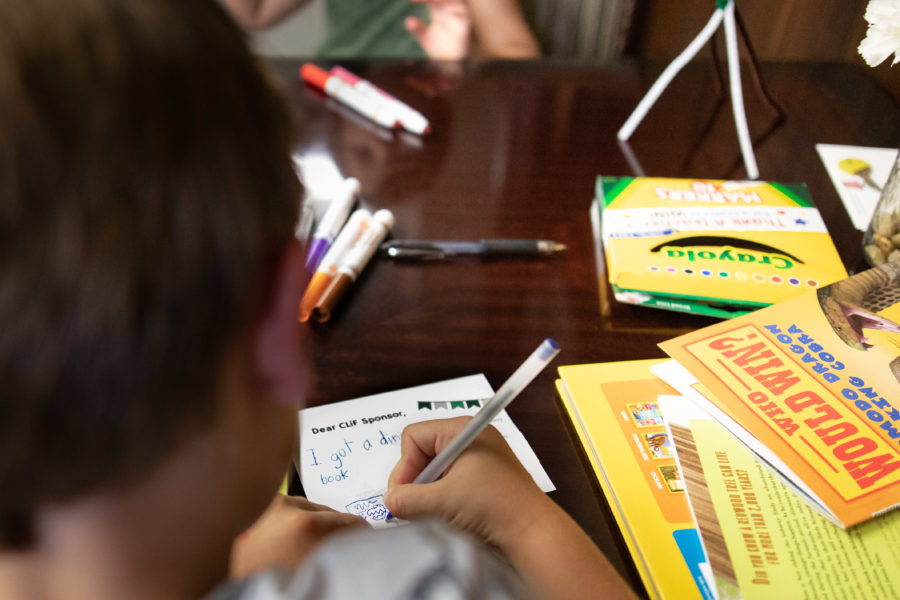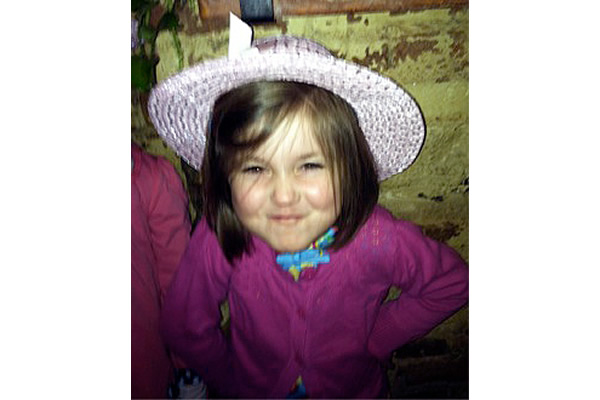
I have a Friday morning routine. I get up, pour a cup of coffee that my husband has left for me, and sit down at my computer. I open the Google doc to see my student’s (let’s call them “E.”) most recent progress on their novel (they usually make changes by Thursday, so I can read the most up-to-date version before we meet). I make comments in the margins – often a lot of grammatical and syntactical stuff – point out areas where I see potential for improvement, expansion, or paring down. Then I usually bang out a blog post related to art and/or mental health on my personal blog before meeting E. (some days, like this past week, I also get some exercise by chasing my delinquent dog around the neighborhood).
E. and I sit down over coffee and discuss what they’re working on, what challenges they’re dealing with, what they’re excited to write about next, where the story is going. Sometimes, like this past week, we end up talking about politics and LGBTQ+ rights and gender identity and stereotypes for half an hour before we even get to the writing stuff. Often, they get excited and go off on tangents and I have to rein it in a bit. Their story can do this at times, too. But I never want to deter E. from sharing their opinions or expressing ideas, which they do with enthusiasm. They’ve written nearly 100 pages in their LGBTQ+ romance novel for young adults since we started working together in June. While they’re working towards their high school diploma and the novel will be the bulk of their writing portfolio, it’s also a passion project borne of a creative mind that makes fascinating connections and is very outspoken about their beliefs. I ask questions and offer suggestions, which we call developmental editing, but I see as more of an ongoing conversation. Sometimes E. reads passages they like aloud and we talk about those particular sections and what’s working in them.
This is my favorite kind of teaching, the kind that doesn’t have to happen in the classroom with rigid assignments or a one-size-fits-all approach. I work with E. as a volunteer at Central Vermont Adult Basic Education. Our work together fits into their graduation plan, but it’s also something we’re both invested in and want to see come to fruition. It’s refreshing to work with a student who really wants to write. This is why I teach in non-traditional classroom settings, working with young adults and adults to develop their unique voices and share their stories effectively. I’m not interested in forcing anyone to do worksheets (although I did once give E. a character questionnaire and they asked for another one!) or assigning a bunch of books by dead white men (I did encourage E. to read The Catcher in the Rye, however, as they’re writing about an insecure intellectual teenager wandering around New York, stuck in his own thoughts, ie. Holden Caufield). I’ve made book suggestions based on their interests and they’ve come up with thoughtful and observant responses. But, mostly, we just talk through things and they continue writing each week, which is the biggest thing I hope they get out of our relationship: the inspiration to write. I consider myself a writing coach more than a teacher. My job is to help them navigate the process of writing, ask questions, and encourage their creativity.
I’ve worked with other students in non-traditional classroom settings, including the Governor’s Institutes of Vermont’s writing programs. Students are accepted to the programs based on their passion for the subject, not their transcripts. For many, it’s the first time learning outside of a classroom where they’re not working for a grade and get to write just for themselves. For some, it’s a little intimidating and they worry about being a “good enough” writer, but that anxiety usually wanes after a few days of being fully immersed in writing. This past summer, I taught a genre-bending class at the Governor’s Institute for Young Writers and got students outside of their comfort zones and writing things they’d never written before. In our debrief at the end of the class, one student said, “I’ve never written a poem before and if you just asked me to do it I wouldn’t have known how, but the way you had us make lists and write in different styles made it easier.” Another student said she loved the examples we looked at, contemporary works by women that are not often taught in high school classrooms. Getting to teach outside of a curriculum, not worrying about grades or test scores, is a freeing and inspiring experience. I picked examples I loved and thought students would enjoy, too, the canon be damned.
Even when we are in classroom settings teaching a large group, we can try to help encourage students’ writing, not discourage it. Asking open-ended questions can help them brainstorm. Every week, I ask E. “What are you excited to work on next?” I’ve encouraged them to write whatever’s pulling at them, which isn’t always in chronological order, but, I tel them, you can always go back later and refine; start by getting it down on the page.
If you’re not able to sit down and have an in-depth conversation with each student about what they’re working on, breaking students into small groups to respond to and discuss their ideas can be a good way to spark creativity. While E. has a lot to work on in terms of spelling, grammar, and sentence structure, they also have a lot of great ideas and creative momentum and I never want to thwart that. In my role as a writing coach, I help direct their ideas and help them share them effectively. In the holiday card E. gave me, they wrote “Your insight has been so big for my growth as a writer.” That’s what I’m going for!




Hi Erika – Loved reading about your experience as a writing coach. It didn’t occur to me to think about the Governor’s Institute or adult classes as a place to share my love of writing and to help others express their unique stories. You’ve inspired me. Thanks! Marilyn
Thanks, Marilyn! Hope you’re well.
Fun to see how you work, and live – chasing dog around the ‘hood! ANd the help you give young voices.